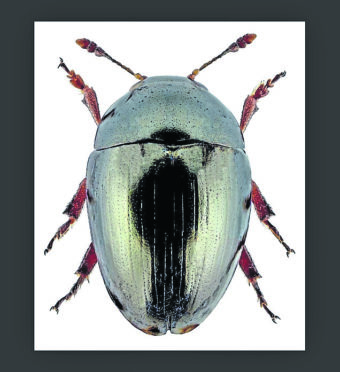
Hundreds of new wildlife species have been recorded this year at what was once the world’s largest explosives factory.
The Ardeer Peninsula, near Stevenston, Ayrshire, was the site of the British Dynamite Factory, with 13,000 workers at its peak.
More than 1,500 species – including birds, mammals, plants and insects – have been recorded at Ardeer.
This year 50 types of moths and butterflies have been added, as well as more than 100 beetles and 42 spiders.
Recent discoveries include the 2mm long beetle Olibrus aeneus, believed to be the first known in Scotland, while among the new moths added to the record at Ardeer is the nationally scarce Shore wainscott, which specialises in sand dunes.
Campaigners say the complex and fragile habitats are under threat from potential developments including a new road bridge, large leisure and tourism developments, and houses.
Iain Hamlin, secretary of the FRIENDS of Stevenston conservation group, said: “The Ardeer Peninsula is an incredible site, but until the last few years it was largely ignored.
“It’s like nowhere else. You just don’t get places like this nowadays – where you can go and just be amazed by the sheer density and diversity of life.”

Enjoy the convenience of having The Sunday Post delivered as a digital ePaper straight to your smartphone, tablet or computer.
Subscribe for only £5.49 a month and enjoy all the benefits of the printed paper as a digital replica.
Subscribe